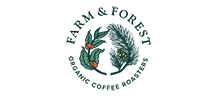-
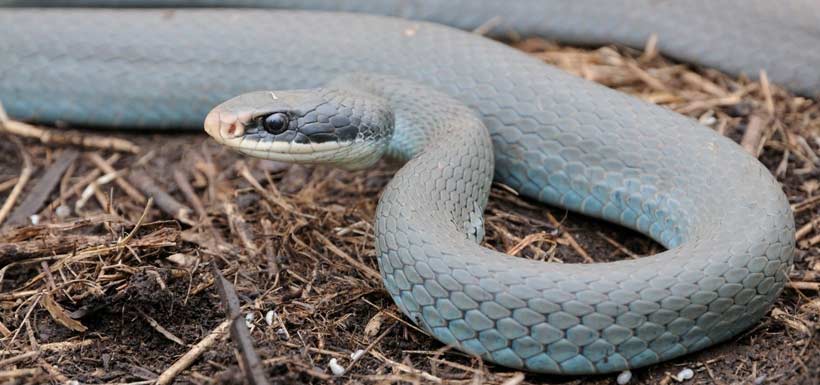
 Click on the image to enlarge.
Click on the image to enlarge.
Blue racer, Pelee Island, Ontario (Photo by Ron Gould/OMNR)
-
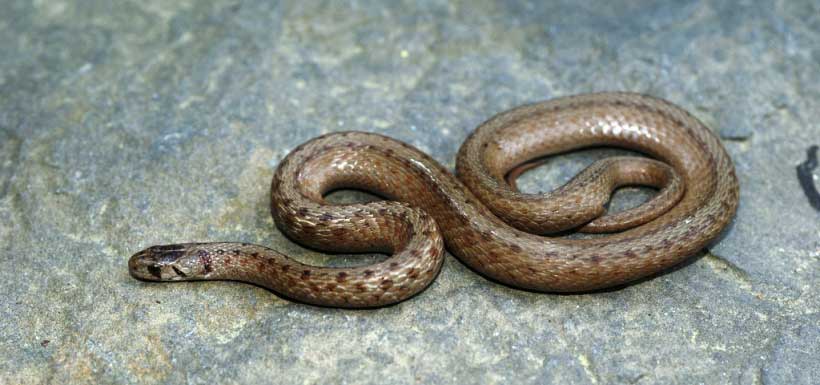
 Click on the image to enlarge.
Click on the image to enlarge.
Northern brownsnake (Photo by Mike VanValen)
-
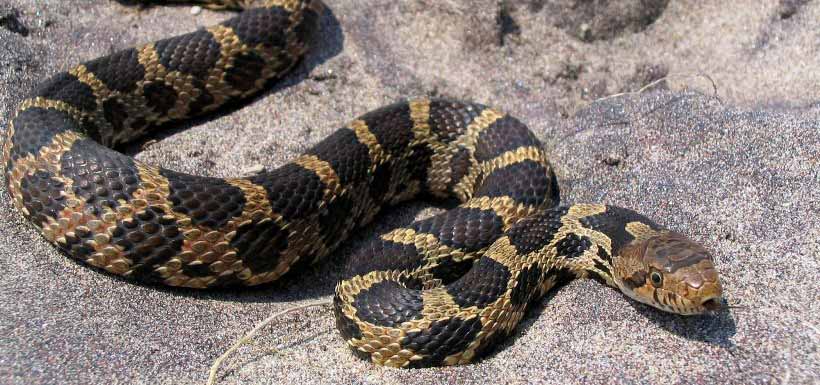
 Click on the image to enlarge.
Click on the image to enlarge.
Eastern foxsnake, Ontario (Photo by Ryan M. Bolton)
-
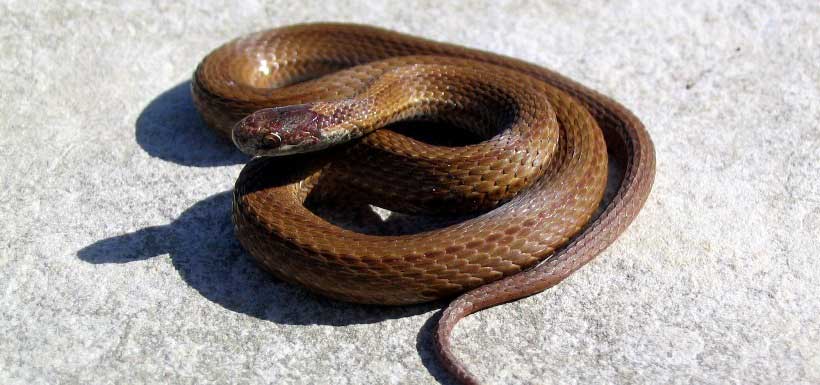
 Click on the image to enlarge.
Click on the image to enlarge.
Red-bellied snake, Ontario (Photo by Ryan M. Bolton)
-
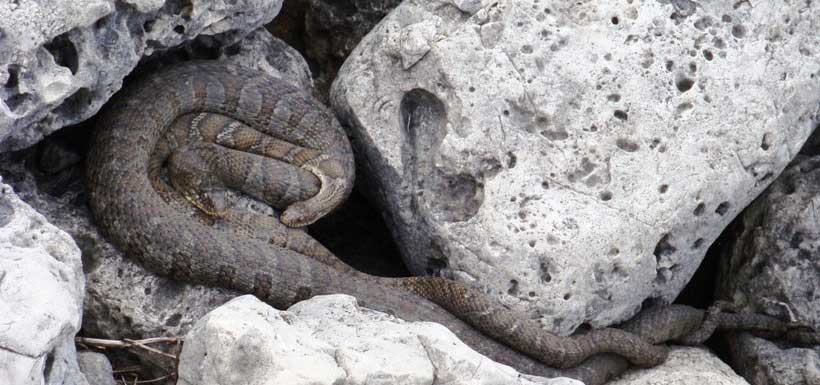
 Click on the image to enlarge.
Click on the image to enlarge.
Northern watersnake, Northern Bruce Peninsula, Ontario (Photo by NCC)
-
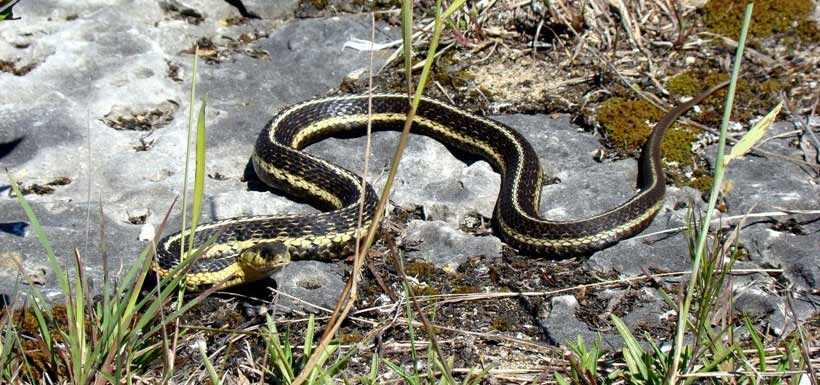
 Click on the image to enlarge.
Click on the image to enlarge.
Common gartersnake, Manitoulin Island, Ontario (Photo by NCC)
-
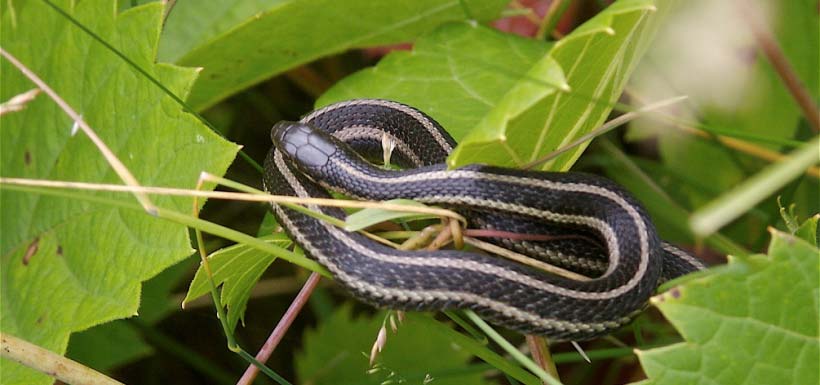
 Click on the image to enlarge.
Click on the image to enlarge.
Butler's gartersnake (Photo by Dan Mullen)
-
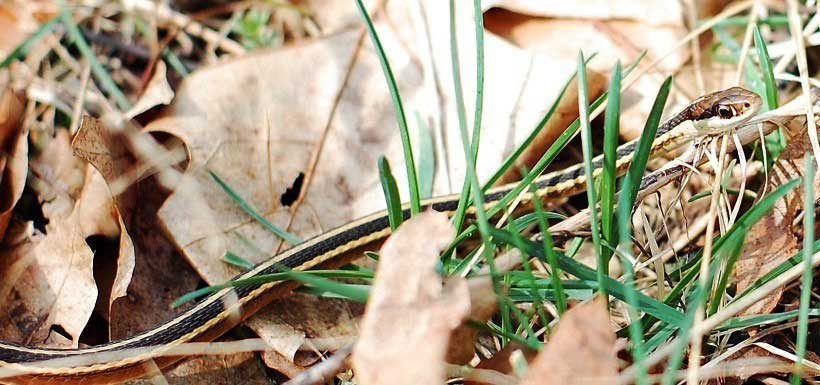
 Click on the image to enlarge.
Click on the image to enlarge.
Northern ribbonsnake (Photo by Jon Fife)
-
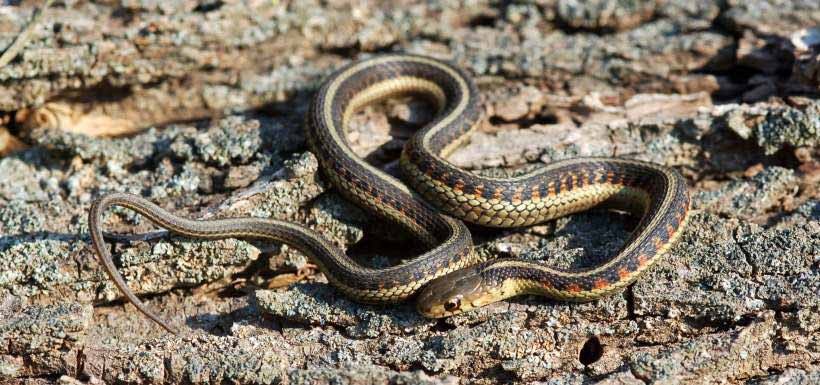
 Click on the image to enlarge.
Click on the image to enlarge.
Red-sided gartersnake (Photo by Ben Lowe)
-
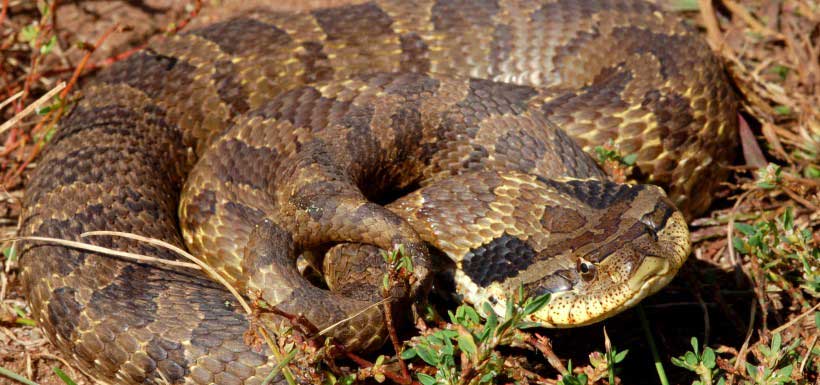
 Click on the image to enlarge.
Click on the image to enlarge.
Eastern hog-nosed snake (Photo by Ben Lowe)
-
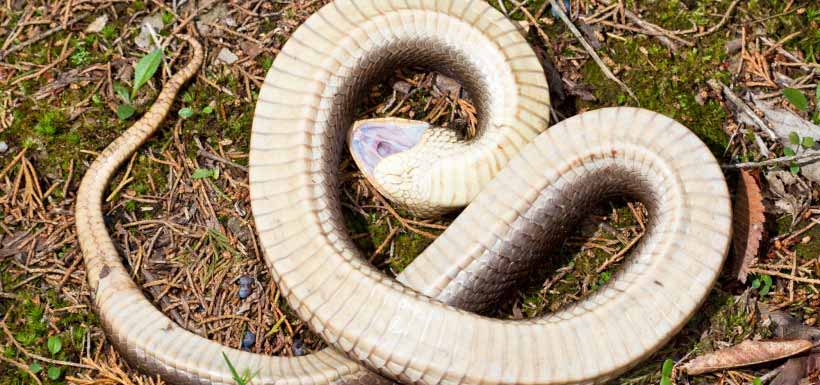
 Click on the image to enlarge.
Click on the image to enlarge.
An eastern hog-nosed snake playing dead (Photo by Natalie McNear)
-
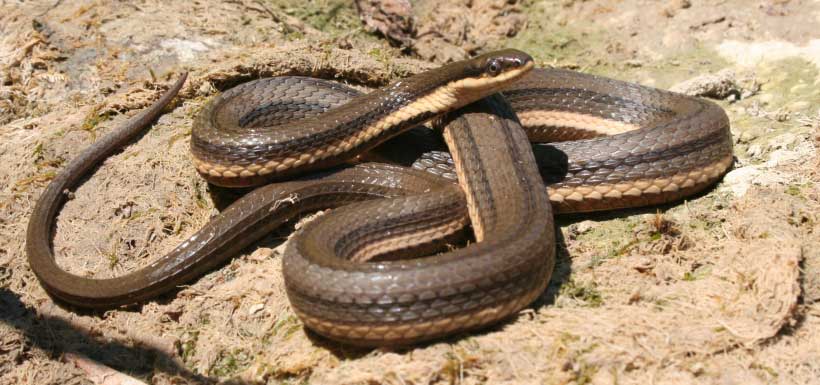
 Click on the image to enlarge.
Click on the image to enlarge.
Queen snake, Ontario (Photo by Joe Crowley/OMNR)
-
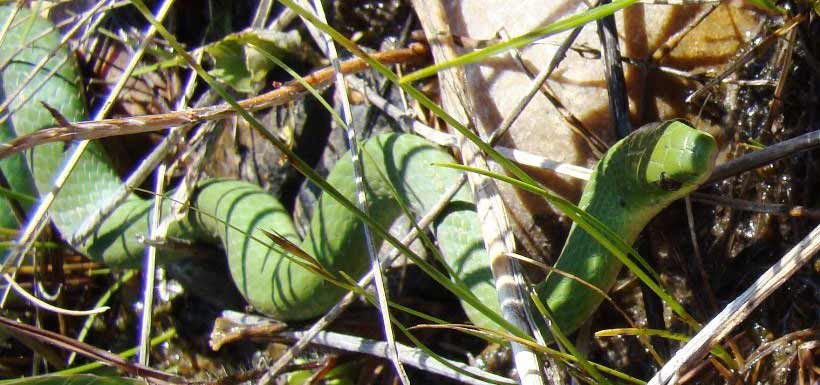
 Click on the image to enlarge.
Click on the image to enlarge.
Smooth greensnake, Manitoulin Island, Ontario (Photo by NCC)
-
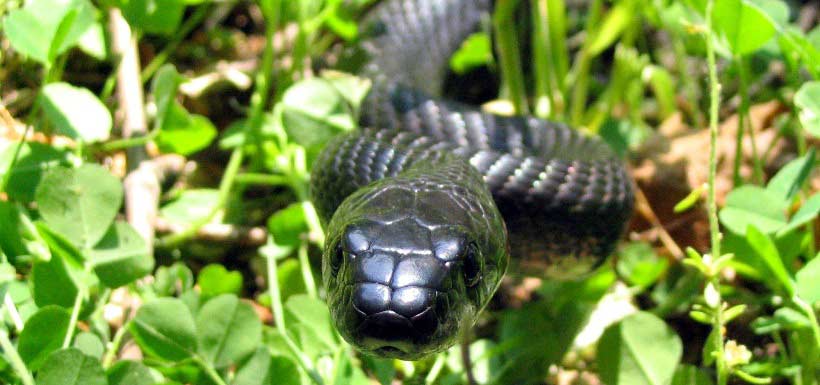
 Click on the image to enlarge.
Click on the image to enlarge.
Gray ratsnake, Ontario (Photo by Ryan M. Bolton)
-
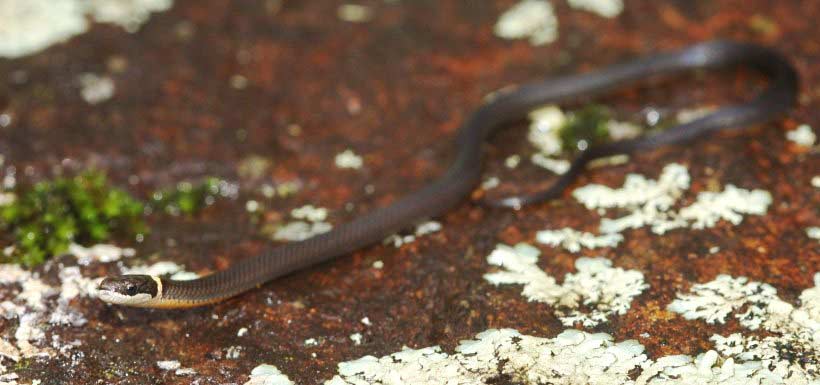
 Click on the image to enlarge.
Click on the image to enlarge.
Ring-necked snake (Photo by Ben Lowe)
-
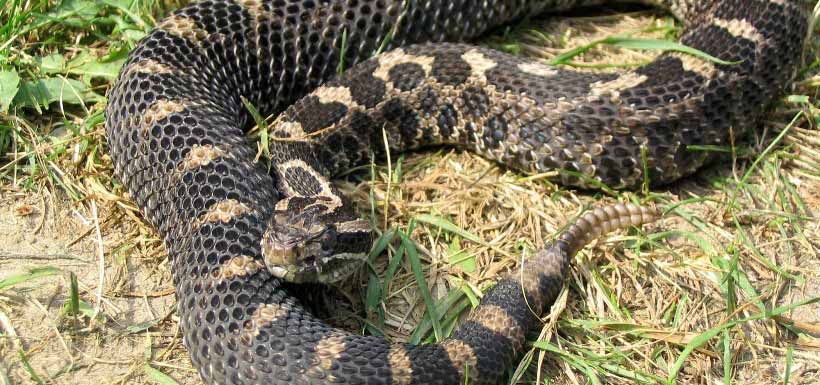
 Click on the image to enlarge.
Click on the image to enlarge.
Eastern massassauga, Ontario (Photo by Ryan M. Bolton)
-
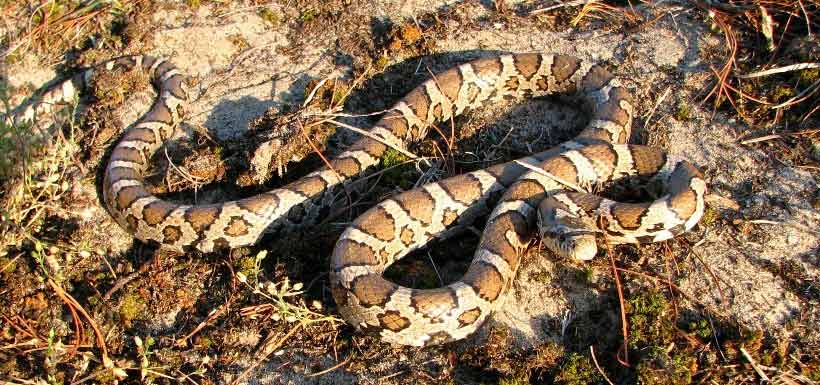
 Click on the image to enlarge.
Click on the image to enlarge.
Milksnake, Ontario (Photo by Ryan M. Bolton)



















